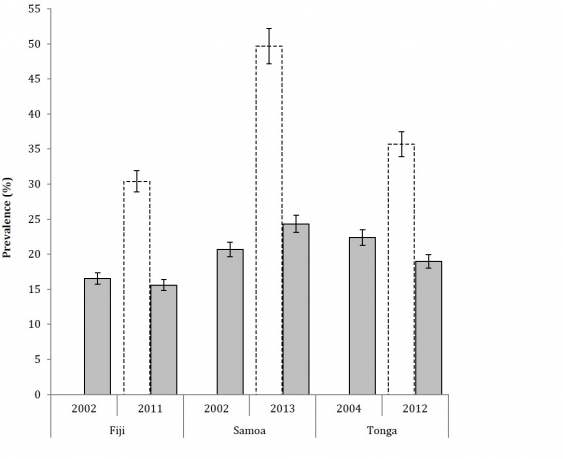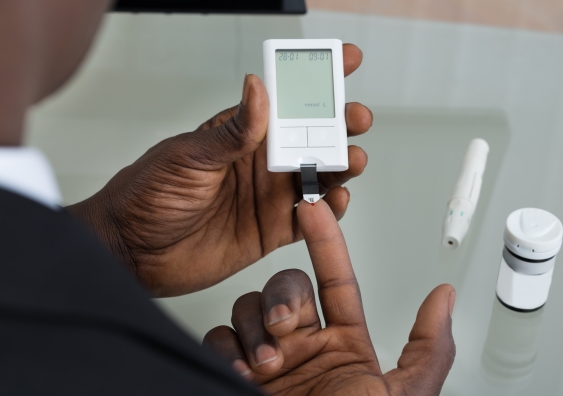The accuracy of reported high rates of type 2 diabetes in some Pacific Island nations has been questioned, after Australian researchers found deficiencies in the methods used to test for the disease.
The joint report, from researchers at UNSW and the Baker IDI Heart & Diabetes Institute, has been published in the Journal of Diabetes.
The methodological errors were identified in the World Health Organisation (WHO) ‘STEPwise’ approach to surveillance (STEPS). These were unlikely to be limited to the Pacific Island region and there may be wider global implications, the researchers said.
The research team examined type 2 diabetes prevalence surveys conducted as part of the WHO STEPS program in Fiji and Samoa (2002) and Tonga (2004) and compared them with follow up surveys conducted 8 to 11 years later in each country.
They found an incorrect diagnostic cut-off point had been applied in the WHO surveys, meaning the diabetes rates appeared erroneously inflated to around twice the actual rate found in the subsequent surveys.
The discrepancy stemmed from the use of blood glucose meters that were calibrated to read blood glucose levels as whole blood in the first surveys, compared to plasma in the follow up surveys.
As a result, in Fiji it appeared as though diabetes prevalence had increased from 16% in 2002 to 29.6% in 2011. The UNSW researchers found the actual prevalence had decreased by 0.4%.

Comparison of the incorrect and corrected prevalence of type 2 diabetes in adults aged 25–64 years in selected Pacific Island countries (Journal of Diabetes).
In Samoa it appeared that there was a 24.3% increase in diabetes, from 21.5% in 2002 to 45.8% in 2013. The actual increase was only 2.8%.
In Tonga the prevalence surveys suggested a 12% increase, from 22.4% in 2004 to 34.4% in 2012. The actual rate from corrected data decreased by 3.4% to 19.0%.
Study co-author UNSW Professor Richard Taylor, from the School of Public Health and Community Medicine, said the integrity of the WHO surveys were crucial because they give an indication of the success, or otherwise, of health intervention programs.
“These WHO surveys are widely cited and used as a reference by many organisations and individuals to make public health decisions which then influence future health program planning in the Pacific region,” Professor Taylor said.
Study co-author Professor Paul Zimmet, from the Baker IDI Heart & Diabetes Institute and Monash University, called for improved education and training in how to interpret the results for health workers who use the point of care blood glucose meters.
A recalculation of results may also be required for other country surveys where levels and apparent changes in diabetes prevalence appear suspect.
“A recalculation of results may also be required for other country surveys where levels and apparent changes in diabetes prevalence appear suspect,” Professor Zimmet said.
The findings are from a study funded in part by the Australian Government’s Department of Foreign Affairs and Trade.



